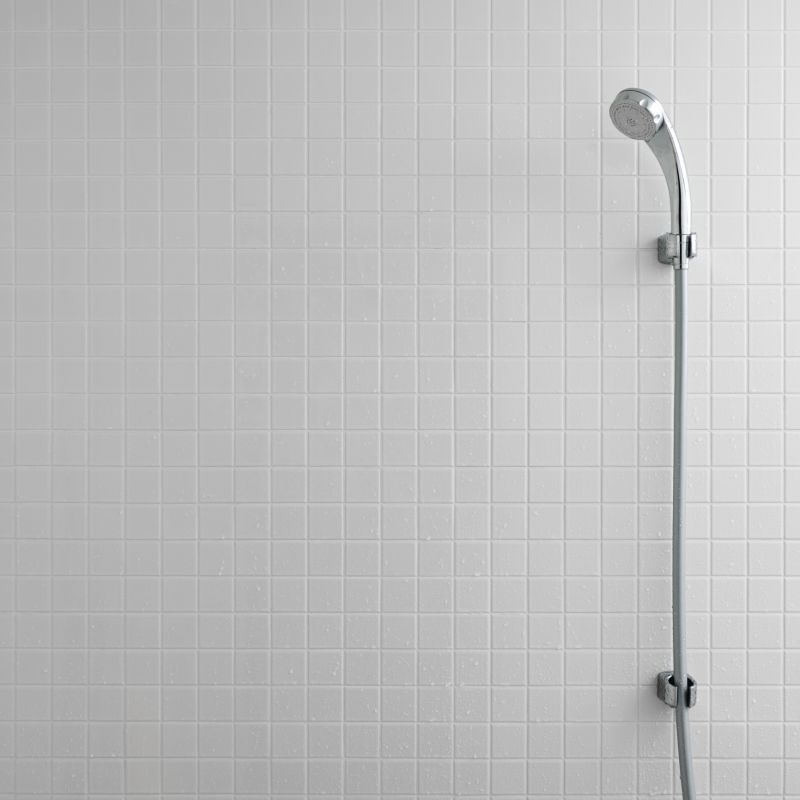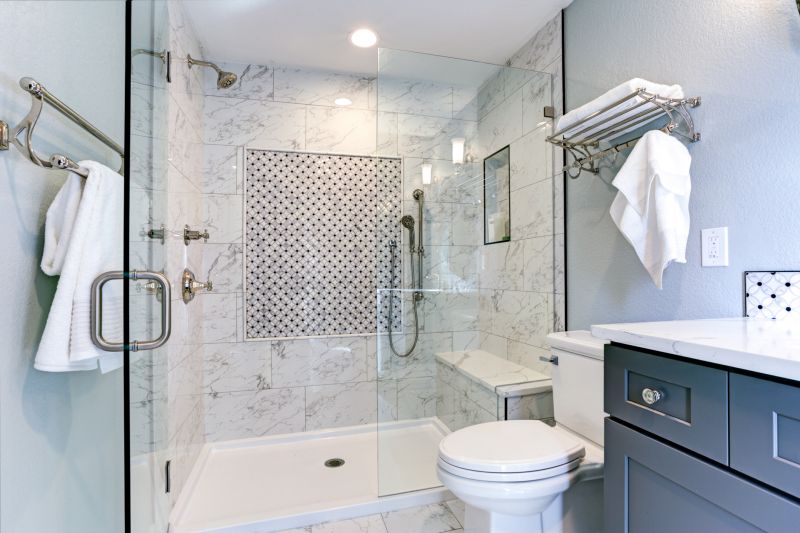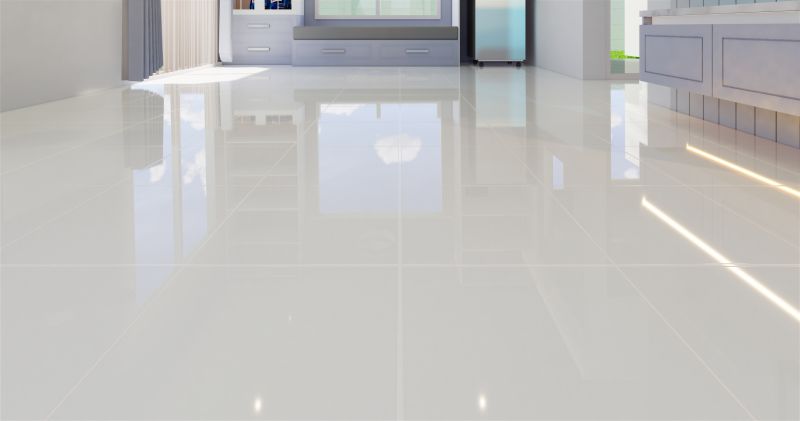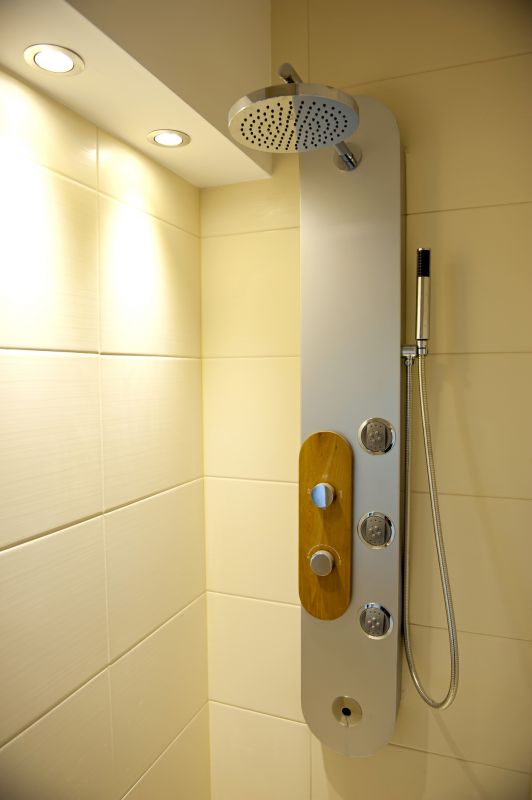Shower Waterproofing Materials
Welcome to Aberdeen Showers

When designing or renovating a bathroom, selecting the right shower waterproofing materials is crucial to ensure long-term durability and functionality. Homeowners need to consider various factors, including material compatibility, finishes, and maintenance requirements, to make an informed decision. This article explores key considerations and options available for shower waterproofing to help homeowners in Aberdeen, North Carolina, and beyond.
The primary purpose of shower waterproofing is to prevent water from seeping into the structural elements of a home, which could lead to mold growth and structural damage. The effectiveness of waterproofing materials depends on their ability to create a seamless barrier that withstands constant exposure to water and moisture. Therefore, understanding the properties of different materials is essential.
Common materials used for shower waterproofing include liquid membranes, sheet membranes, and foam backer boards. Liquid membranes are applied as a liquid and form a seamless, flexible layer that conforms to the surface. Sheet membranes, typically made of polyethylene or similar materials, are pre-formed sheets that are adhered to the substrate. Foam backer boards provide both insulation and waterproofing, making them a popular choice for many homeowners.
Choosing the right finish is another important consideration. While some homeowners prefer a natural stone look, others might opt for ceramic or porcelain tiles for their durability and ease of cleaning. The finish should not only complement the bathroom's aesthetic but also contribute to the overall waterproofing system. It's important to ensure that the chosen finish is compatible with the underlying waterproofing materials.
Dimensions and layout also play a significant role in the selection process. Larger tiles can minimize grout lines, which can be points of vulnerability in a waterproofing system. However, they may require more precise installation to ensure proper drainage and alignment. On the other hand, smaller tiles offer more flexibility in covering irregular surfaces but may require additional attention to grout sealing.
Maintenance expectations should also be factored into the decision-making process. Some waterproofing materials and finishes require regular sealing or cleaning to maintain their effectiveness, while others are more low-maintenance. Homeowners should consider their willingness to perform routine upkeep when selecting materials.
- Liquid Membranes: Seamless coverage, flexible application
- Sheet Membranes: Pre-formed, easy to install
- Foam Backer Boards: Insulation and waterproofing in one
- Tile Finishes: Variety of styles, durable
- Grout Sealants: Protect against moisture penetration
In Aberdeen, North Carolina, where humidity levels can be high, selecting materials that offer robust moisture resistance is particularly important. Homeowners should consider consulting with local specialists to understand the specific environmental conditions and how they might impact the longevity of their chosen waterproofing materials.
| Material | Finish | Dimensions |
|---|---|---|
| Liquid Membrane | Flexible | Customizable |
| Sheet Membrane | Pre-formed | Varies |
| Foam Backer Board | Insulated | Standard Sizes |
Ultimately, the choice of shower waterproofing materials should align with the homeowner's preferences, budget, and maintenance capabilities. By understanding the available options and their attributes, homeowners can make educated decisions that enhance the functionality and longevity of their bathrooms.
Understanding Shower Waterproofing Features and Materials
Shop for Understanding Shower Waterproofing and
A Comprehensive Guide to Choosing the Right Waterproofing Solutions
When it comes to designing or renovating a bathroom, one of the most crucial aspects to consider is shower waterproofing. This process ensures that moisture does not seep into the walls or floors, preventing potential damage and costly repairs. Homeowners in Aberdeen, North Carolina, and beyond should be well-informed about the various materials and features available to make an informed decision.
Waterproofing materials for showers typically include membranes, coatings, and sealants. Membranes can be sheet-based or liquid-applied, each offering distinct advantages. Sheet membranes are often made from materials like polyethylene or rubber and provide a robust barrier against water intrusion. Liquid-applied membranes, on the other hand, offer flexibility and are ideal for irregularly shaped areas.
Coatings such as cementitious waterproofing are another popular choice. These are easy to apply and adhere well to concrete and masonry surfaces. They are particularly beneficial for their durability and resistance to the humid conditions often found in bathrooms. Sealants, including silicone and acrylic, are used to fill gaps and joints, providing an additional layer of protection.

When selecting shower waterproofing materials, homeowners should consider compatibility with existing surfaces, ease of application, and maintenance requirements. For instance, while some materials might offer superior waterproofing capabilities, they may require professional installation or frequent upkeep to maintain their effectiveness.
In terms of finishes, the choice can impact both the aesthetics and functionality of the shower. Options range from matte to glossy finishes, each influencing the overall look and feel of the bathroom. It's important to select a finish that complements the bathroom's design while also considering slip resistance and ease of cleaning.
- Waterproof Membranes
- Cementitious Coatings
- Silicone Sealants
- Polyurethane Coatings
Sheet Membranes
Provide a durable barrier against water intrusion, suitable for flat and regular surfaces.
Liquid-Applied Membranes
Ideal for irregular surfaces, offering flexibility and ease of application.
Cementitious Coatings
Adheres well to concrete and masonry, providing durability and resistance to humidity.
| Material | Finish | Dimensions |
|---|---|---|
| Polyethylene Membrane | Matte | Varies |
| Cementitious Coating | Textured | Customizable |
| Silicone Sealant | Glossy | Flexible |
Ultimately, the choice of shower waterproofing materials should be guided by the specific needs of the space, the desired aesthetic, and the level of maintenance homeowners are willing to commit to. With a variety of options available, it is possible to create a waterproof shower environment that is both functional and visually appealing.
Selecting and Maintaining Shower Waterproofing Systems
Shop for Selecting and Maintaining Shower Waterproofing Systems
Best Practices for Ensuring Longevity and Performance
When considering the right shower waterproofing system for a home in Aberdeen, North Carolina, it's crucial to focus on the materials and their compatibility with the existing bathroom infrastructure. The climate in this region can influence the choice of materials due to humidity levels, making moisture resistance a top priority. Homeowners should evaluate the durability, ease of installation, and maintenance requirements of different waterproofing options.
Various waterproofing materials are available, each offering unique attributes. Common choices include liquid waterproofing membranes, sheet membranes, and foam backer boards. Liquid membranes are versatile and can be applied to irregular surfaces, providing a seamless barrier against moisture. Sheet membranes, often made of polyethylene or rubber, offer robust protection and are typically installed under tiles. Foam backer boards provide insulation and waterproofing in one product, making them a convenient choice for many homeowners.
Compatibility with existing bathroom features is another critical consideration. For instance, if the bathroom floor is uneven, a liquid membrane might be more suitable due to its flexibility. Conversely, sheet membranes require a relatively flat surface for optimal performance. Ensuring that the waterproofing system aligns with the current bathroom layout and materials can prevent complications and enhance the system's effectiveness.

Maintaining a waterproofing system involves regular inspections and timely repairs. Homeowners should check for signs of wear, such as cracks or peeling in the waterproofing layer, and address any issues promptly to prevent water damage. Cleaning the shower area regularly and using non-abrasive cleaning agents can help preserve the integrity of the waterproofing materials.
In addition to choosing the right materials, considering the environmental impact of waterproofing products can be beneficial. Opting for products with low volatile organic compound (VOC) emissions can improve indoor air quality and contribute to a healthier home environment. Always verify that the products meet local building codes and standards to ensure compliance and safety.
- Liquid Membranes: Flexible and seamless application
- Sheet Membranes: Durable and robust protection
- Foam Backer Boards: Insulation and waterproofing combined
- Low VOC Options: Improved indoor air quality
Liquid Membrane
Seamless application suitable for uneven surfaces.
Sheet Membrane
Offers robust protection, ideal for flat surfaces.
Foam Backer Board
Combines insulation with waterproofing.
| Material | Finish | Dimensions |
|---|---|---|
| Liquid Membrane | Seamless | Variable |
| Sheet Membrane | Matte | Standard Sheets |
| Foam Backer Board | Textured | Various Thicknesses |





